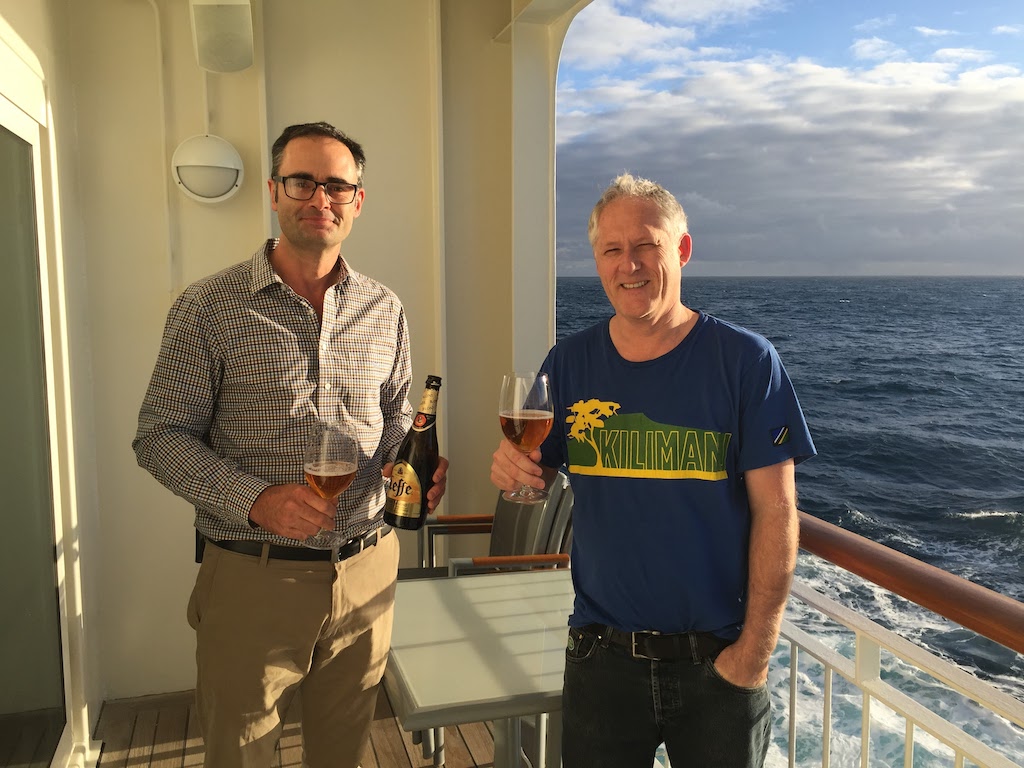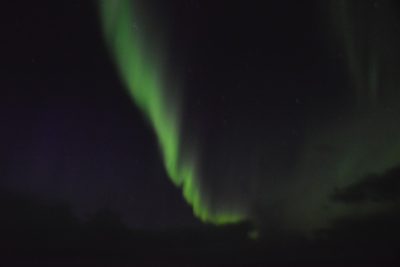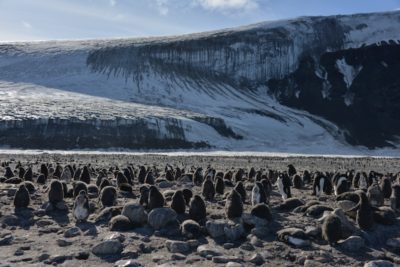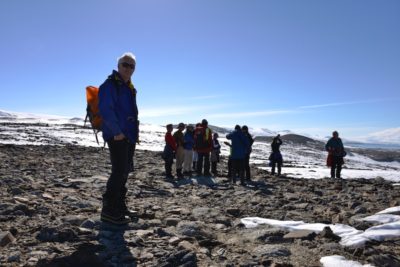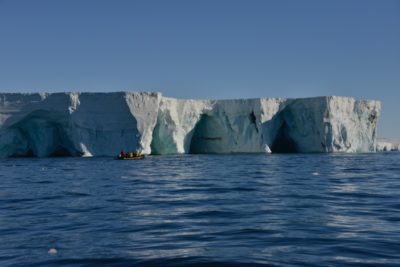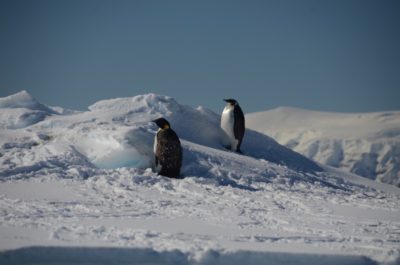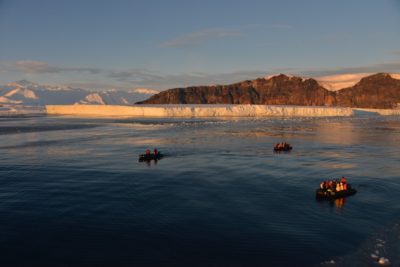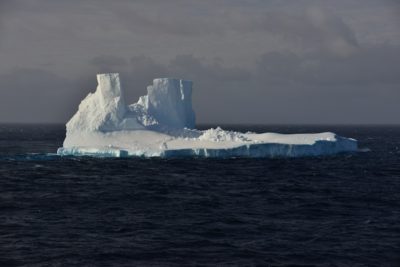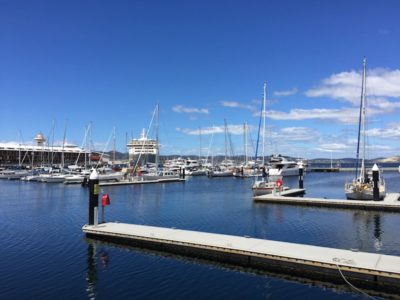The Expedition Team maintain a blog with all the goings on during the Expedition, and, there’s a link where you can track position of The World: Expedition Tracker.
An introduction to the Expedition Team:
Rob McCallum – Expedition Leader.
Rob McCallum (F.R.G.S) is a highly experienced professional expedition leader and consultant. He specializes in the Polar Regions and has led dozens of expeditions throughout the Arctic and Antarctica. Rob is a founding member of EYOS Expeditions, with which he has been involved in most of the expeditions of The World.
Rob Suisted – Naturalist. Expedition Assistant Leader.
Rob is a naturalist, explorer and professional nature photographer with extensive experience in New Zealand, Antarctica and the Arctic Regions. He spent over a decade as the national marine mammal advisor to the New Zealand government developing tourism management, whale stranding protocols, fishery bycatch issues, species management, and indigenous rights issues, with aspects promoted as best practice in an international context.
Dr. Katja Riedel – Glaciologist.
Katja Riedel grew up in Germany where she studied and completed a Ph.D. in atmospheric chemistry. For her research she spent the winter of 1997 at the German Antarctic Base Neumayer and was responsible for the Atmospheric Observatory. Since then she has been on several expeditions to Antarctica: measuring ozone at Scott Base, drilling ice cores at Law Dome and taking samples of 120,000 year ice on Taylor Glacier in the Dry Valleys.
Dr Kim Crosbie – Naturalist.
Kim Crosbie was born, raised and lives in Edinburgh, Scotland. From 1991 to 1998 Kim was based at the Scott Polar Institute, University of Cambridge (England). There she completed a master of philosophy degree on environmental protection in the Canadian Arctic, and worked on sea-ice formation as a research assistant before joining the Institute’s Antarctic program. She spent 3 seasons on Cuverville Island, Antarctic Peninsula, researching wildlife / human interactions. She became a Fellow of the Royal Geographical Society and in 1995 was elected to become one of only (at the time) six female members of the UK Antarctic Club. In 2016 Kim was awarded the Queen’s Polar Medal by HRH Prince William.
Graeme Ayers – Naturalist.
Graeme Ayers has lived in the shadow of New Zealand’s Mountains for most of his life. He developed an early affinity for mountain lands and nature which provided him with opportunities from Australian cattle stations to Antarctica to a career in New Zealand’s national parks and the Department of Conservation. He was appointed as officer in charge of Scott Base for the austral summer of 1988 / 89. From 2012 to 2015 he was Antarctica New Zealand’s General Manager of Operations and Logistics.
Jessica Farrer – Naturalist.
Jessica graduated with a degree in evolutionary biology from Western Washington University in Bellingham, Washington. She has since worked in fisheries management on commercial fishing vessels in the Bering Sea, counted Stellar sea lions from cliffs in the Aleutian Islands tagged sea lions in the Galàpagos, and has run a remote field camp in the northwestern Hawaiian Islands working with the critically endangered monk seal. Her most favorite work location has been living for four austral spring seasons in a retrofitted freezing container on the sea ice near McMurdo Station, Antarctica. She researched sea ice, the Ross Sea ecosystem and the controversies surrounding its status as a protected area.
Dr. Margaret Bradshaw – Geologist.
Margaret was born in Nottingham, England, and trained as a geologist at London University. In 1966 she moved to New Zealand where she worked as curator of geology at the Canterbury Museum (Christchurch). She made her first visit to Antarctica in 1976. In the 1979 / 80 season she became the first woman to lead a deep field research team to the remote Ohio Range. Between 1982 and 2008 she led sic further expeditions and has been a lecturer / guide on several Antarctic ships. Margaret was awarded the Queen’s Polar Medal in 1993 and the Royal society of New Zealand Science and Technological Medal in 1994. From 1999 she taught geological science at the University of Canterbury.
Rod Ledingham – Naturalist.
Rod was raised in Scotland and first worked in the Antarctic in 1966 as a meteorologist for the British Antarctic Survey. He over-wintered on 1967 and 1968 at Adelaide Island and Fossil Bluff. In 1970 he moved to Australia and worked as a geologist for seven years before returning to the Sub Antarctic with his wife. They wintered twice on Macquarie Island and spent a summer at Mawsons (sic) Australasian Antarctic Expedition Hut at Commonwealth Bay. From 1980 till 2000 Rod worked as a field equipment and training officer with the Australians. He began escorting tourist voyages in 1991 and has been to Antarctica most seasons since. He has assisted with work on elephant and leopard seals, petrels, penguins, albatross, geology and geomorpholy in the Antarctic and Sub-Antarctic.
Peter McCarthy – Historian.
Peter’s Antarctic connections stem from the heroic era when his grandfather Mortimer McCarthy served Captain Robert Falcon Scott’s Terra Nova Expedition, and his great uncle Tim McCarthy on Sir Ernest Schackleton’s Endurance Expedition. He holds a (post) graduate certificate in Antarctic Studies (University of Canterbury) and is employed as the Antarctic program planner for Antarctica New Zealand. Each summer season he fills the program support supervisor role at Scott Base and leads the operations group of field training instructors, field support, cargo handlers, helicopters and operations scheduler.
Dr. John French – Expedition Logistics.
John French has made a career as an atmospheric physicist working with the Australian Antarctic Division for over 27 years. He completed a science degree with honors at the University of Adelaide and then a Ph.D. in physics at the University of Tasmania. His interests include various projects related to aurora, airglow, air sampling, magnetic and electric fields, climate modeling and, more recently, sea level rise assessments. He has wintered in Antarctica four times and has also spent seven summer seasons at Australian Antarctic stations either as a physicist or water craft operator.
Mick Davidson – Expedition Logistics.
Mick first spent eight months in 1992 working at Casey Station for the Australian Antarctic Division. He has since returned to the Antarctic and sub-Antarctic islands over 30 times. He has worked in various capacities for the Australian Antarctic Division, including voyage watercraft coordinator, barge skipper, station boating officer, carpenter, plant operator and rigger. In the summer on 2000 he was part of the expedition team that set up two Heard Island field camps. In 2001 Mick started working in Antarctic tourism. When not in Antarctica he works for the Australian Antarctic Division as its watercraft coordinator.
Rex Hendry – Expedition Logistics.
Rex has worked in and traveled to Antarctica 23 times in the past 35 years, ranging in duration form 8 to 421 days. His roles have included electrician, field training instructor, dog handler, mountaineer, field assistant, search and rescue leader, and operations manager with experience in both the Ross Sea Dependency and around the Antarctic Peninsula. He has been the New Zealand Government Representative on tourist ships to the NZ sub-Antarctic Islands and the Ross Sea three times previously.
Scott Edgerton – Zodiac Driver / Kayak Master.
Scott received a degree in outdoor recreation management with a minor in forestry from the University of Idaho. He spent the next 10 years working in varying wild, outdoor settings as a wilderness ranger and trail crew for the US Forest Service. In the late 1980’s he discovered life at sea and has since then worked in every geography imaginable as a zodiac driver, kayak master and expedition leader.
Eric Wehrmeister – Videographer.
Much of Eric’s early life was spent traveling and camping around the US. In 2006 he spent 3 months living and working in Yellowstone National Park where he produced videos, shot photos for magazines and maintained backcountry trails. Later he studied cinematography at Columbia College in Chicago graduating with a bachelor’s degree in film and video.
Guest Photographers.
Uri Golman.
An accomplished nature photographer who has published several books on his passion.For many years he has specialized in photographing the Arctic. His images have been featured in several magazines including National Geographic and BBC Wildlife.
Helle Olsen.
Helle works as an accomplished nature photographer with a university degree in near oriental archeology, and she has an education as a ranger in Africa. She has spent the last 15 years guiding safaris in Africa and leading expedition vessels through Arctic waters.
Sisse Brimberg.
In 1976 she studied photojournalism at the Society and she has been a regular photographer for National Geographic since. Along with her late husband, Cotton Coulson, she created a media company KEENPRESS which produces photography and HD videofilms for international publications and companies.
Support Team.
Capt. Uli Demel – Ice Navigator:
Uli Demel has had over 40 years of designing, building, operating, managing and commanding polar expedition vessels. He took command of his first polar expedition ship in 1992 and has been sailing ever since, including 11 years as master of the MS Explorer, the ‘grandmother’ of the polar expedition fleet. He has completed 125 voyages to Antarctica and many expeditions to various Arctic regions. All this makes him one of the most experienced ice navigators in the expedition field.
Dr. Andrew Peacock – Expedition Physician.
Andrew is a remote ara expedition specialist with a number of polar based journeys to his name, and, he is the medical director of the Education Provider ‘Expedition and Wilderness Medicine Australia’.

